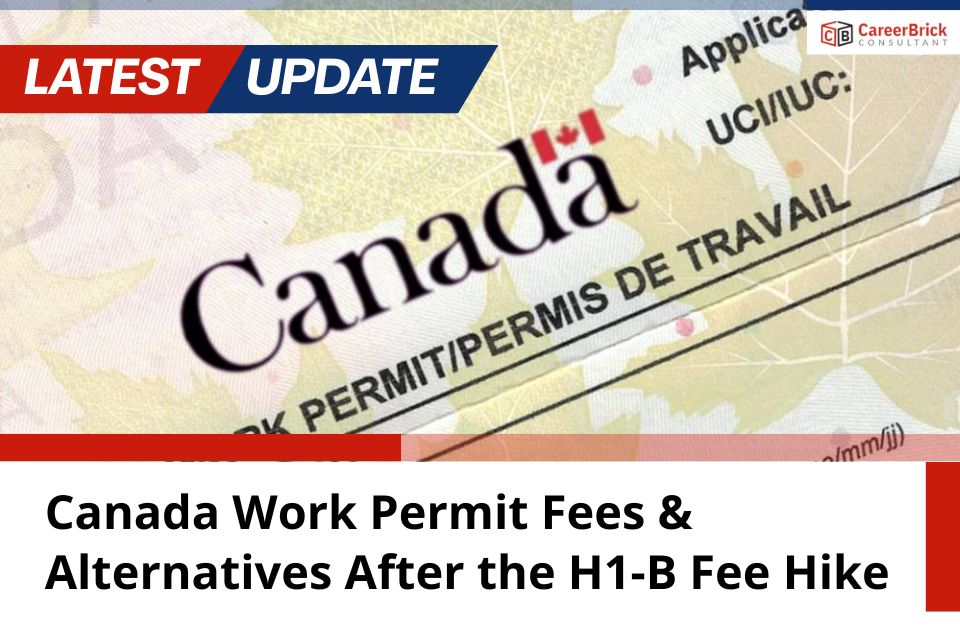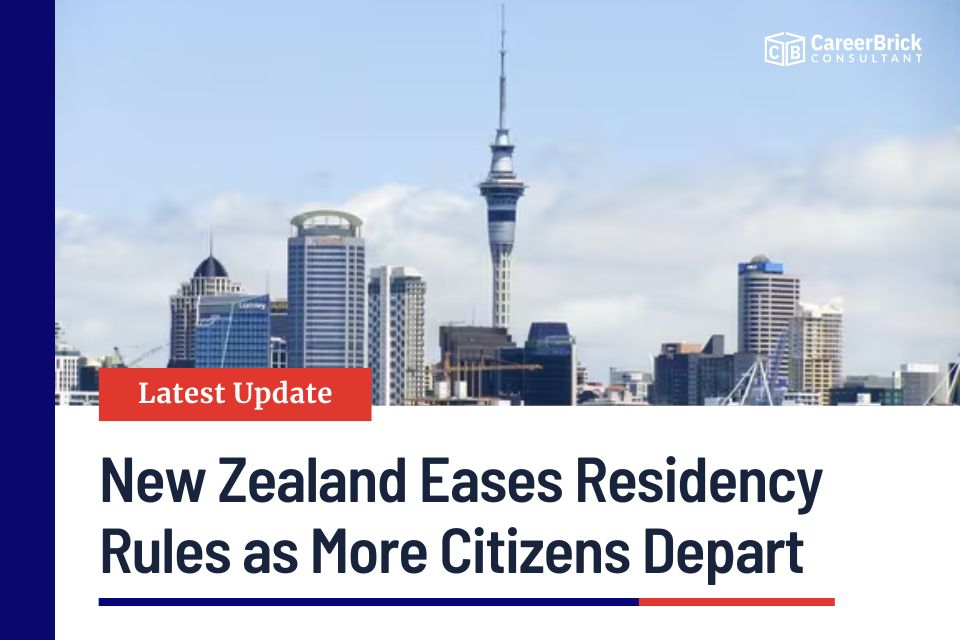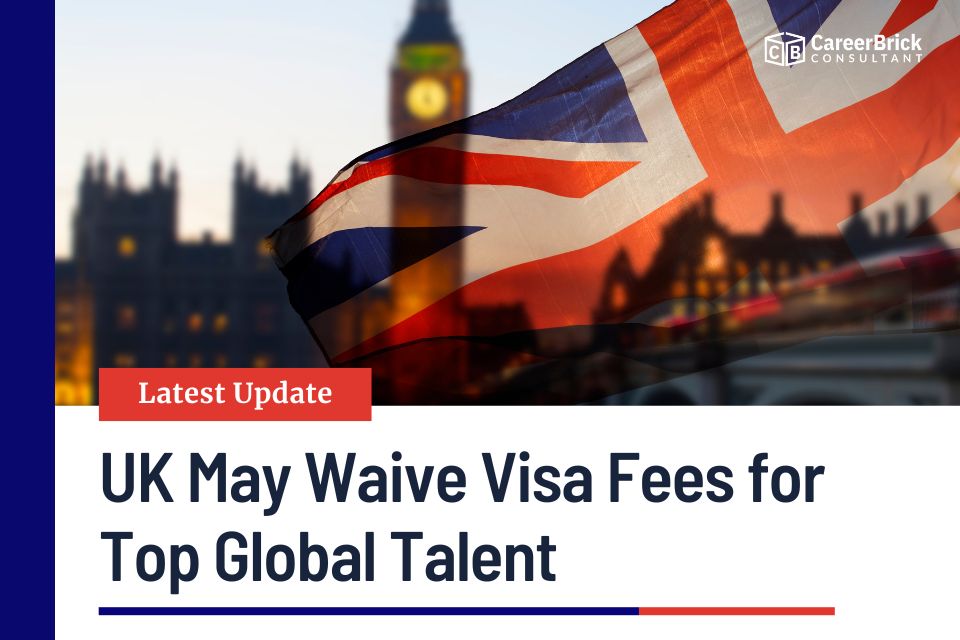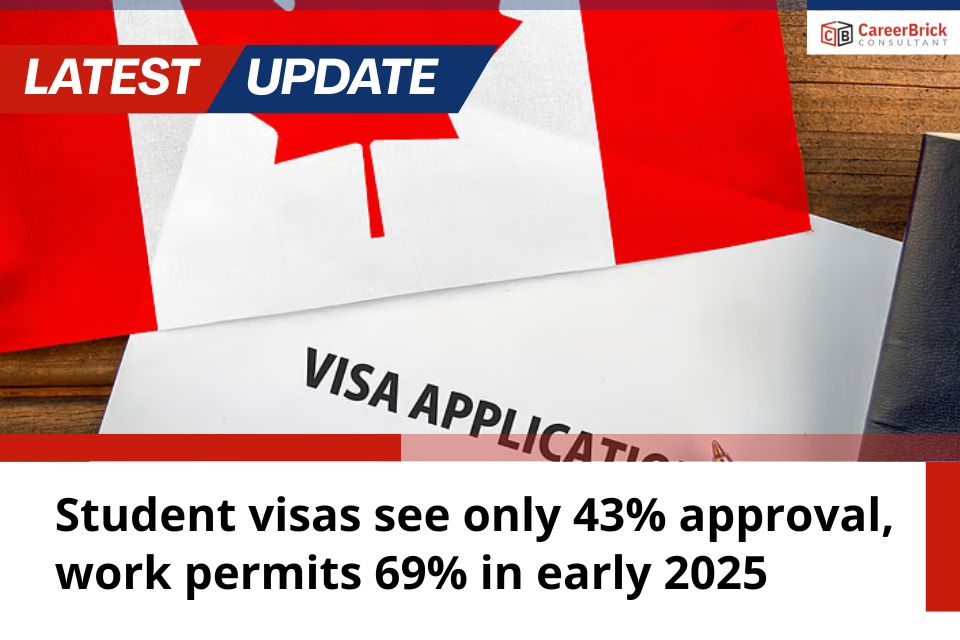With the recent $100,000 USD fee hike for H1-B visa petitions in the U.S., many skilled professionals are now exploring Canada as a more affordable and accessible option to build their careers in North America.
Canada offers two main ways to gain work authorization:
-
Work Permits (Temporary – usually 1–3 years, renewable)
-
Permanent Residency (PR – live and work indefinitely)
Main Pathways to Work in Canada
| Pathway | Status | Key Eligibility |
| Temporary Foreign Worker Program (TFWP) | Work Permit | Job offer + LMIA (Labour Market Impact Assessment) from a Canadian employer |
| Intra-Company Transfer (ICT) | Work Permit | Transfer within a multinational company to a Canadian branch as executive, manager, or specialized knowledge worker |
| Express Entry | Permanent Residence | Skilled workers with strong CRS (Comprehensive Ranking System) scores |
| Provincial Nominee Program (PNP) | Permanent Residence | Over 80 pathways, criteria vary by province/territory |
Many foreign nationals first enter Canada on a work permit and later transition to PR, since Canadian work experience improves CRS scores under Express Entry.
Temporary Foreign Worker Program (TFWP)
-
Requires a job offer + LMIA from a Canadian employer.
-
LMIA fee: 1,000 CAD (paid by employer).
-
Processing time for LMIA: ~3–4 months.
-
Work permit processing time varies:
-
India: 8 weeks
-
Nigeria: 22 weeks
-
Pakistan: 12 weeks
-
U.S.: 3 weeks
-
Note: LMIA approvals are restricted under the low-wage stream in regions with unemployment rates above 6%.
Intra-Company Transferee (ICT)
-
For employees of multinational companies transferring to their Canadian office.
-
Must have worked for the employer for at least 1 year.
-
Eligible positions: Executives, Managers, or Specialized Knowledge roles.
Express Entry (Permanent Residence)
-
Canada’s flagship PR system.
-
Steps:
-
Submit an Expression of Interest (EOI).
-
Enter the pool.
-
Receive an Invitation to Apply (ITA) if CRS score is high enough.
-
-
Programs under Express Entry:
-
Federal Skilled Worker Program
-
Federal Skilled Trades Program
-
Canadian Experience Class
-
Tip: Starting on a work permit in Canada boosts your CRS score and increases PR chances.
Provincial Nominee Program (PNP)
-
Over 80 nomination pathways across provinces/territories.
-
Each province sets its own eligibility criteria.
-
Requires an intention to settle in the nominating province.
General Requirements for All Applicants
-
Financial: Must show ability to support yourself/family.
-
Medical: No serious health risks or excessive demand on services.
-
Criminal/Background: No serious offenses or security risks.
-
Genuine Intent: Must provide truthful information and show intent to leave Canada when required.
Family Benefits
-
Work permit holders’ spouses may qualify for an open work permit.
-
Successful PR applicants can bring spouse and dependent children, who receive PR simultaneously.
How to Apply
-
Identify the best pathway (Work Permit or PR).
-
Check eligibility and prepare documents.
-
Submit application online via official Canadian government portals.
While applications can be done independently, many candidates prefer professional guidance to avoid errors and delays.
Canada remains a top destination for skilled workers seeking affordable, stable, and long-term opportunities compared to the rising costs of U.S. immigration.







